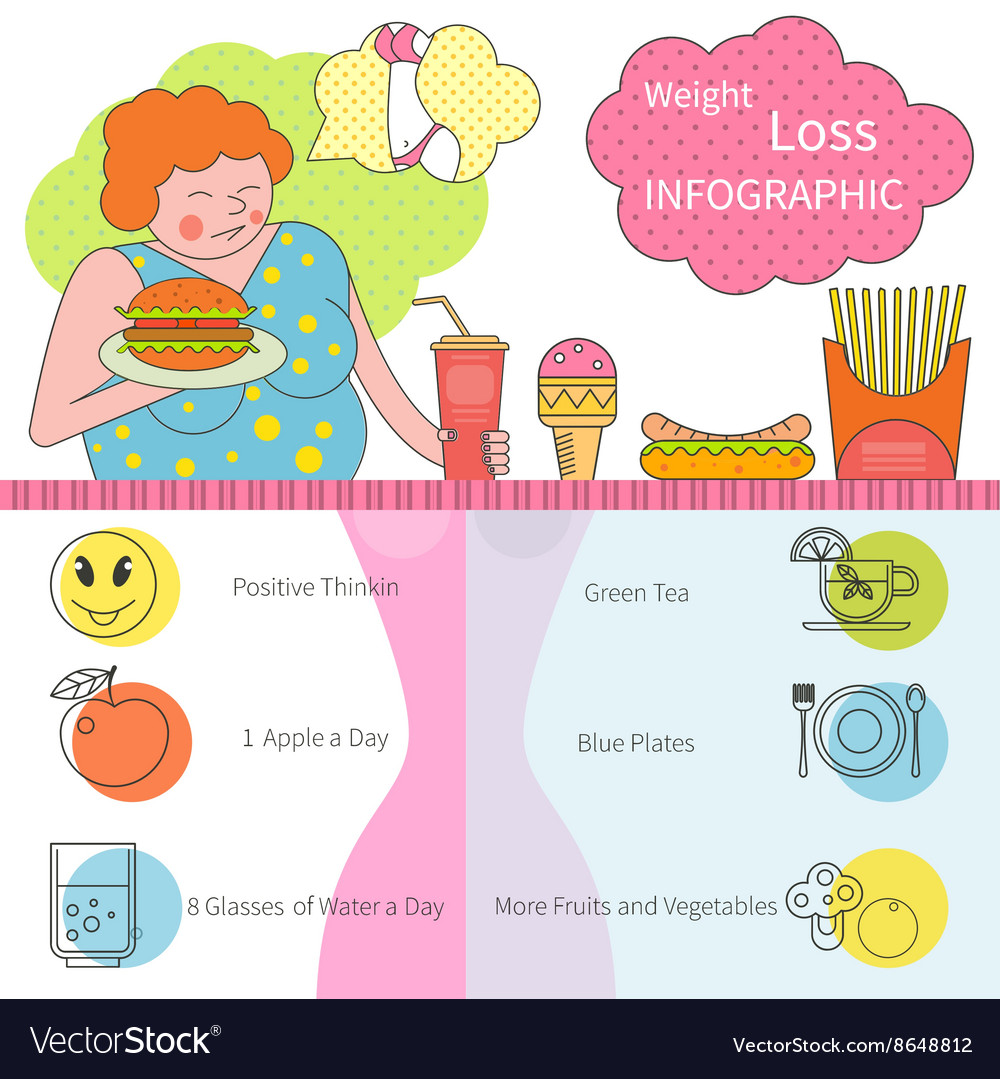Cold laser treatment is a useful device to aid suffering management and the healing procedure. It is often utilized in sports medicine, dermatology and acupuncture.
Cold lasers pass through deep into cells and advertise chemical changes without warming them. They reduce swelling and swelling, speed mobile activity and accelerate recovery.
Theoretical History
Unlike the high-intensity lasers that surgeons use to cut through cells, chilly laser therapy makes use of light-emitting diodes to pass through into your skin and advertise healing. As these photons get to damaged tissues, they start a chain reaction that boosts your cells' production of enzymes and increases your body's natural recovery processes.
The photons likewise reduce discomfort through the manufacturing of endorphins and increase your body's capacity to drain puffy areas by causing vasodilation (the expansion of capillary). As a result, it assists you recover from musculoskeletal injuries and discomfort more quickly.
Many individuals have heard about chilly laser therapy from their physical therapist, chiropractor or medical professional and may be asking yourself how it functions. Unlike most laser gadgets made use of in the medical area, which actually heat up cells, our state-of-the-art devices emits cold laser beam that do not cause any type of home heating of your tissues. This enables your body to obtain the therapeutic benefits without activating any kind of side effects.
Medical Tests
Cold laser treatment is often recommended as a treatment choice for individuals that have bone and joint pain and injuries. It can be used to minimize swelling, strengthen tissues and speed up the body's all-natural recovery procedures.
Non-thermal photons of red and infrared laser radiation are absorbed by the light sensitive elements in cells and start a boost in intracellular metabolic rate that raises cell recreation, reduces inflammation, eliminates edema and shortens healing time.
Unlike the light that is created by sunshine or typical lights, laser light is parallel (all wavelengths travel in the same direction), meaningful and single. These properties allow laser energy to penetrate deeper into the tissues.
Several scientific tests have actually revealed that LLLT can be reliable in lowering pain in the bone and joint system. However, more well-designed research studies are needed to examine the optimum setups for laser irradiation and to establish its effectiveness in specific conditions, such as dental mucositis in cancer cells people obtaining radiation treatment or radiotherapy, and injury recovery (consisting of diabetic person abscess adhering to hammertoe surgery). This Aetna plan bulletin does not deal with other uses of LLLT, including the treatment of different skin diseases.
Final thoughts
Unlike surgical lasers that can destroy tumors or coagulate tissue, cool laser therapy does not heat up the body's cells. Rather, the light boosts your cells to generate adenosine triphosphate, which speeds up the repair work procedure of hurt tissues.
Aetna considers low-level laser (LLL) treatment clinically needed for the avoidance of dental mucositis related to cancer cells therapy (chemotherapy, radiation therapy, hematopoietic stem cell hair transplant) and laser acne treatment near me non-cancer therapies (such as radiodermal injury, fibromyalgia). A number of studies revealed that LLT can be reliable in minimizing PU symptoms without negative impacts. Nevertheless, differences in research study styles and laser dosimetry made contrast of the outcomes tough; RCTs with reduced threat of prejudice are required. Making use of a 660 nm wavelength and greater power thickness seems a lot more efficient than the various other examined laser wavelengths. This could be since the various other wavelengths may promote inflammatory processes and cause more side effects. The effect of the sort of laser made use of is additionally vital; the writers recommend that future study concentrate on examining different types of lasers and their doses to determine the optimum mix of laser specifications for PU prevention.
Suggestions
Cold laser treatment is utilized by dental professionals to treat inflamed periodontal cells, physicians to ease discomfort brought on by rheumatoid arthritis, and physical therapists to speed up the recovery of muscle mass, tendon, and tendon injuries. Lots of medical insurance strategies cover this therapy.
Unlike hot lasers, which have a thermal effect on cells, chilly lasers (also called low-level lasers) stimulate the mobile energy of the skin. Photons from the laser light penetrate right into the cell, setting off a series of chemical adjustments that promotes regeneration and reduces inflammation.
In order to work, lasers need to be correctly setup and made use of. This is why it is not recommended to buy an affordable over-the-counter laser gadget and attempt to treat yourself in the house. A trained specialist is called for to guarantee that the gadget is made use of correctly to lessen the threat of eye injury and maximize its efficiency. The laser tool must be adjusted to the right setup, intensity, frequency, and setting of the laser on the therapy location.
